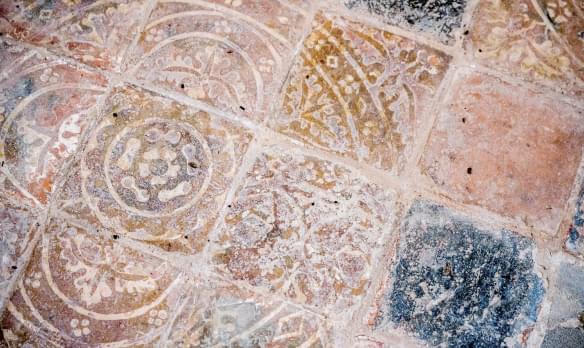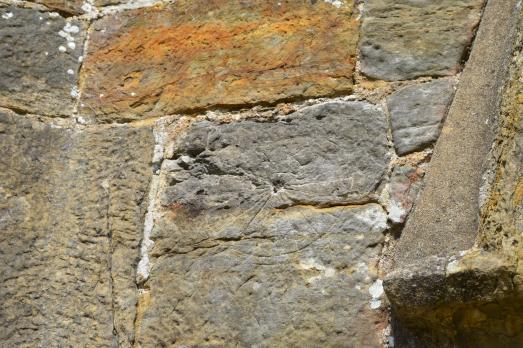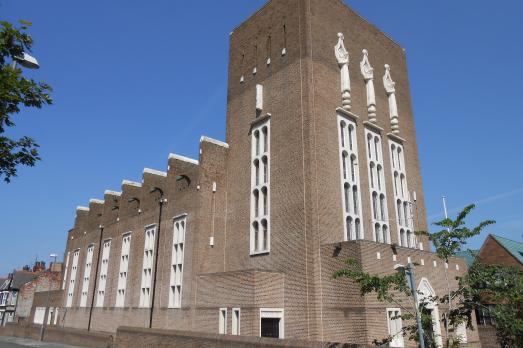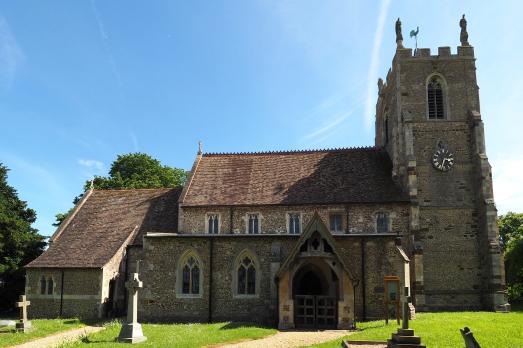
St Mary
Wirksworth, Derbyshire | DE4 4DQ
St Mary's is most famous for carvings from a church or churches that stood on this site going back to Saxon times, found throughout the church, mounted into the fabric of the walls.
We have supported this church







